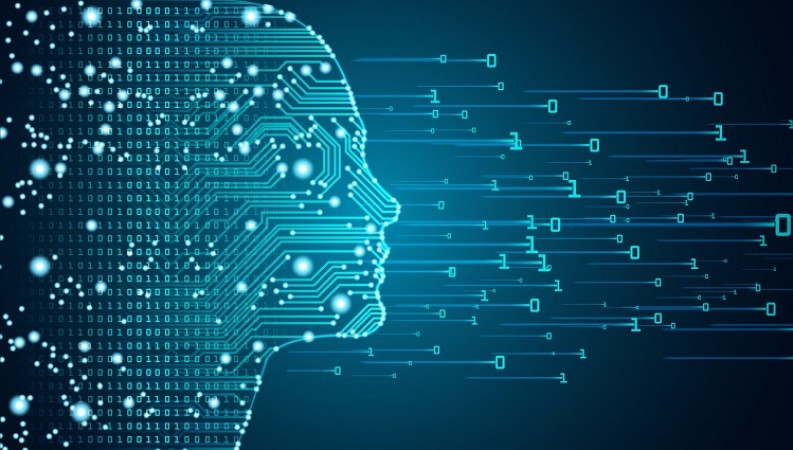
A Team of Researchers have created a new artificial intelligence (AI) model capable of predicting long-term visual impairment risk in patients dealing with high myopia, which ranks among the top three causes of irreversible blindness in various parts of the world.
The experts at Tokyo Medical and Dental University (TMDU) have created a special AI that can predict the risk of long-term vision loss. This kind of AI, called machine learning, helps computers learn from information to become better at tasks.
People with high myopia struggle to see far-off things clearly but can see nearby objects. While glasses, contact lenses, or surgery can fix their vision, severe myopia might lead to a condition called pathologic myopia, a leading cause of blindness.
The study, reported in the JAMA Ophthalmology journal, involved 967 Japanese patients at TDMU’s Advanced Clinical Center for Myopia. The scientists gathered data from eye checkups, including factors like age, current vision quality, and cornea size, creating a set of 34 details.
Different computer models were tested to predict visual problems after 3 to 5 years. The one based on logistic regression performed the best in anticipating vision issues after 5 years. The researchers developed a visual tool, a nomogram, displaying each factor's importance in predicting vision loss.
By converting these factors into points, they created a final score indicating the risk of future visual impairment. Losing vision not only affects a person's life but also causes financial and physical hardships. Severe visual impairment was estimated to cost around USD 94.5 billion globally in lost productivity in 2019.
Though the AI model needs more testing on a larger group, this study suggests that machine learning can significantly help address this critical public health issue. This innovation could benefit both individuals and society as a whole by preventing vision loss and its associated challenges.
New Study Finds Smoking Shrinks the Brain, Emphasizes Genetic Influence